Blog Layout
Market Commentary | January 2020
Rob Kellogg, CFA® • Mar 02, 2020
THE MARKET AND ECONOMY
The market continued its 2019 run to begin the new year, but it turned out to be a tale of two halves as the month came to an end.
The S&P 500 was up over 3% on the month as of market close on January 23rd, only to finish the month relatively flat at negative 0.04% in part due to late month scares from the coronavirus.1
The first half performance of the index can be attributed to the quick de escalation of tensions between the United States and Iran, along with the January 15th signing of the phase one trade deal between the United States and China. The Dow Jones Industrial Average (DJIA) finished the month down 0.89%, while the NASDAQ Composite (IXIC) finished the month up just over 2%. The NASDAQ composite suffered a similar end of the month drop like the S&P 500 did, but the NASDAQ performed slightly better in the first half of the month up nearly 5% as of market close on January 23rd.2
Below is a chart of the leading world stock market indices. While the S&P 500 continued to lead the pack, emerging markets (MSCI EM) was hit the hardest falling almost 5% on the month.
Similar to the S&P 500, both the MSCI emerging and developed markets indices started the year off on a rather positive note. What a lot of the public doesn’t realize is that China is considered an emerging market and the country is in the MSCI EM index. As you can see below, MSCI EM started the year off solid with a quick increase around the time of the phase one trade deal, only to drop over 7% with the news of the coronavirus. We will touch on the coronavirus later in the reading, but this illustration shows just how fickle the stock market can be as it relates to headlines
As nearly all the largest world stock market indices finished the month on a negative note, investors began to flee to safety. The Barclays U.S. Aggregate Bond Index finished the month up 1.92% as investors sought fixed income.5
Thus, driving up bond prices which in turn drives down the yield, flattening the yield curve. A flat yield curve means that those with money to loan are willing to accept the same interest rate to loan their money short-term as they would if they loaned it long-term. It’s generally a sign that investors are worried about the macroeconomic outlook.
While macroeconomic fears have crept into the minds of investors due to the coronavirus, the U.S. economy remains on solid ground. The economy grew at an annualized pace of over 2% in the fourth quarter of 2019.6
With this moderate growth, and little change to strong employment numbers, the Federal Reserve decided to leave rates unchanged which came as no surprise.7
Fourth quarter U.S. earnings season is in in the thick of it as just under half of the companies have reported, with many doing better than expected.8
The quick rise in tensions between the United States and Iraq at the beginning of the month along with the news of the coronavirus at the end of the month remind us that headline news can cause volatility in the markets at any time. However, the U.S. economy is still in an overall good place, and the fundamentals of U.S. companies did not change because of the coronavirus scare. With both equities and fixed income having solid years in 2019, recent equity market volatility, and fixed income around all-time highs, diversification among asset classes in your portfolio is now more important than ever.
CURRENT EVENTS UPDATE
EUROPE
ECB
As previously discussed, Christine Lagarde became the new president of the European Central Bank in 2019. The ECB is the central bank for the Eurozone (19 member states from the European Union). The ECB is tasked with monetary policy decisions for the Eurozone like the Federal Reserve (The Fed) is tasked with them for the United States. In late January, the ECB did not make a rate policy change, but president Lagarde did launch a strategic review. This is the first review for the ECB since 2003 and will cover more than just setting rates. The review will last for much of 2020 and cover things such as inflation targets, climate change, and digital money.9
It seems as though Lagarde is beginning to set the table for her time as president of the ECB.
Brexit
On January 31st, 2020, the United Kingdom officially exited the European Union. However, this is not an end to the Brexit saga that has held a firm place in the news since 2016. A transition period has begun, and it will last for the next 11 months as the EU and the UK will need to negotiate a new trade agreement.10
These talks are likely to be arduous, and the media is likely to continue discussion of Brexit without a trade agreement. The odds of this happening are unlikely but talks of the agreement will keep Brexit in the headlines for much of 2020.
CHINA
Phase One Trade Deal
The long-awaited signing of the phase one trade deal between the United States and China occurred on January 15th.11
While this is good news and was received quite positively from markets both in the United States and internationally, there are still issues that remain. Tariffs are still in place and issues remain with transparency into China regarding the management of their currency. Phase two of the trade deal is next, but it is likely to be much more challenging. Phase two was originally thought to remove all tariffs, but recent news at the end of the month states that this phase could be split into two parts with phase “2A” removing only some of the tariffs.12
This is a situation that will continue to be monitored but the signing of phase one was a step in the right direction.
Coronavirus Update
On December 31st of 2019, China alerted the World Health Organization to several cases of pneumonia in Wuhan. On January 5th, they ruled out the possibility of a reappearance of the 2002-2003 SARS virus, and on January 7th they announced identification of the new coronavirus. The first death in China was announced on January 11th, and the first death outside of China (Philippines) was announced on February 2nd. The United States is up to at least 11 confirmed cases, the most being in California with 6.13
As of February 5th, China has reported just under 500 deaths and over 20,000 infected.14
The outbreak of the coronavirus has sparked fears in not only the general public, but also caused a month end scare to the markets.
When the media took hold of the story on January 17th and reports began to spread, the markets started to decline. Chinese and Hong Kong markets were hit heavily, while Thailand took the largest hit outside of China as it relies on the country for tourism.
U.S. markets felt the effect of the coronavirus as well. Companies that do business in China, such as Starbucks, are beginning to close stores. U.S. airline companies have cancelled flights to the country, and there is also fear of supply chain disruption to some well-known companies like Apple (AAPL).15
With news of potential drugs being tested and the initial public panic subsiding, markets have already begun to rebound during the first week of February.16
Global equity markets have persevered through previous outbreaks: SARS in 2002-2003, the “bird” and swine flus, Ebola, and most recently Zika.
With technology advancements, the general public has quicker access to their portfolios than they had in the past, and the recent downturn at the end of the month is evidence of that. What’s important to realize though is that “market psychology is often highly predictable during times of crisis as investors tend to overreact to distressing news” according to Steve Watson, Hong Kong based portfolio manager for the Capital Group. He was in Hong Kong during the SARS crisis and compared the two situations, “The initial uncertainty is extremely high, and it is a difficult time for a lot of people, but once the initial panic is over and the outbreak is contained, the following market rally will be quite powerful.”15
Assuming the outbreak is contained, Capital Group U.S. Economist Jared Franz believes global and United States economic growth will likely both experience a V-shaped recovery. “U.S. economic fundamentals remain sound, labor markets are resilient, and the Federal Reserve stands ready to take action as needed,” according to Franz. “The coronavirus looks to be a modest but temporary restraint on U.S. economic activity via secondary channels of impact but should not derail my growth expectations of roughly 2% in 2020.”15
As with many crises, opportunities for value are created. There is a transitory negative event that occurs causing a mature company’s stock price to fall, but the fundamental financial information of the company remains the same. These events are where true value investors earn their profit. They take advantage of the drop in price, knowing that the company will return to its value when the event passes, and in this case, when the outbreak is contained.
It’s important to maintain a disciplined approach to investing with a well-diversified portfolio. Fear sells, and the media will continue to fuel the fire. There will be a lot of opinions that you read and hear, but it’s important to maintain sound judgment and rational thought. As evidenced by previous outbreaks, they rarely have a long-lasting effect on the economy. There will be short term panic and volatility, but based on history, the market should recover in due time. The early February performance is already showing signs of improvement as the S&P 500 was up nearly 3% after two full trading days.1
Returns are based on the S&P 500 Total Return Index, an unmanaged, capitalization-weighted index that measures the performance of 500 large capitalization domestic stocks representing all major industries. Indices do not include fees or operating expenses and are not available for actual investment. The hypothetical performance calculations are shown for illustrative purposes only and are not meant to be representative of actual results while investing over the time periods shown. The hypothetical performance calculations for the respective strategies are shown gross of fees. If fees were included returns would be lower. Hypothetical performance returns reflect the reinvestment of all dividends. The hypothetical performance results have certain inherent limitations. Unlike an actual performance record, they do not reflect actual trading, liquidity constraints, fees and other costs. Also, since the trades have not actually been executed, the results may have under- or overcompensated for the impact of certain market factors such as lack of liquidity. Simulated trading programs in general are also subject to the fact that they are designed with the benefit of hindsight. Returns will fluctuate and an investment upon redemption may be worth more or less than its original value. Past performance is not indicative of future returns. An individual cannot invest directly in an index.
Advisory Services offered through ChangePath, LLC a Registered Investment Adviser.
Source (3)
Source (4)
"The Barclays U.S. Aggregate Bond Index finished the month up 1.92% as investors sought fixed income."
"This is the first review for the ECB since 2003 and will cover more than just setting rates. The review will last for much of 2020 and cover things such as inflation targets, climate change, and digital money."
"On January 31st, 2020, the United Kingdom officially exited the European Union."
Source (15)
Source (15)
“The coronavirus looks to be a modest but temporary restraint on U.S. economic activity via secondary channels of impact but should not derail my growth expectations of roughly 2% in 2020.”Title

03 Dec, 2021
November was a dizzying month for investors. The highlight? Earnings. 82% of companies1 beat estimates this quarter, despite headwinds such as supply chain constraints and inflation. The market’s biggest muse? Elon Musk’s twitter handle, with tweets such as (paraphrased) “should I sell 10% of my Tesla stock?” The most exciting job? Fed watcher. We started tapering, saw a plethora of hot inflation data, and gleaned insight from Federal Reserve Chair Jerome Powell on the last day of the month. November 2021 Market Returns
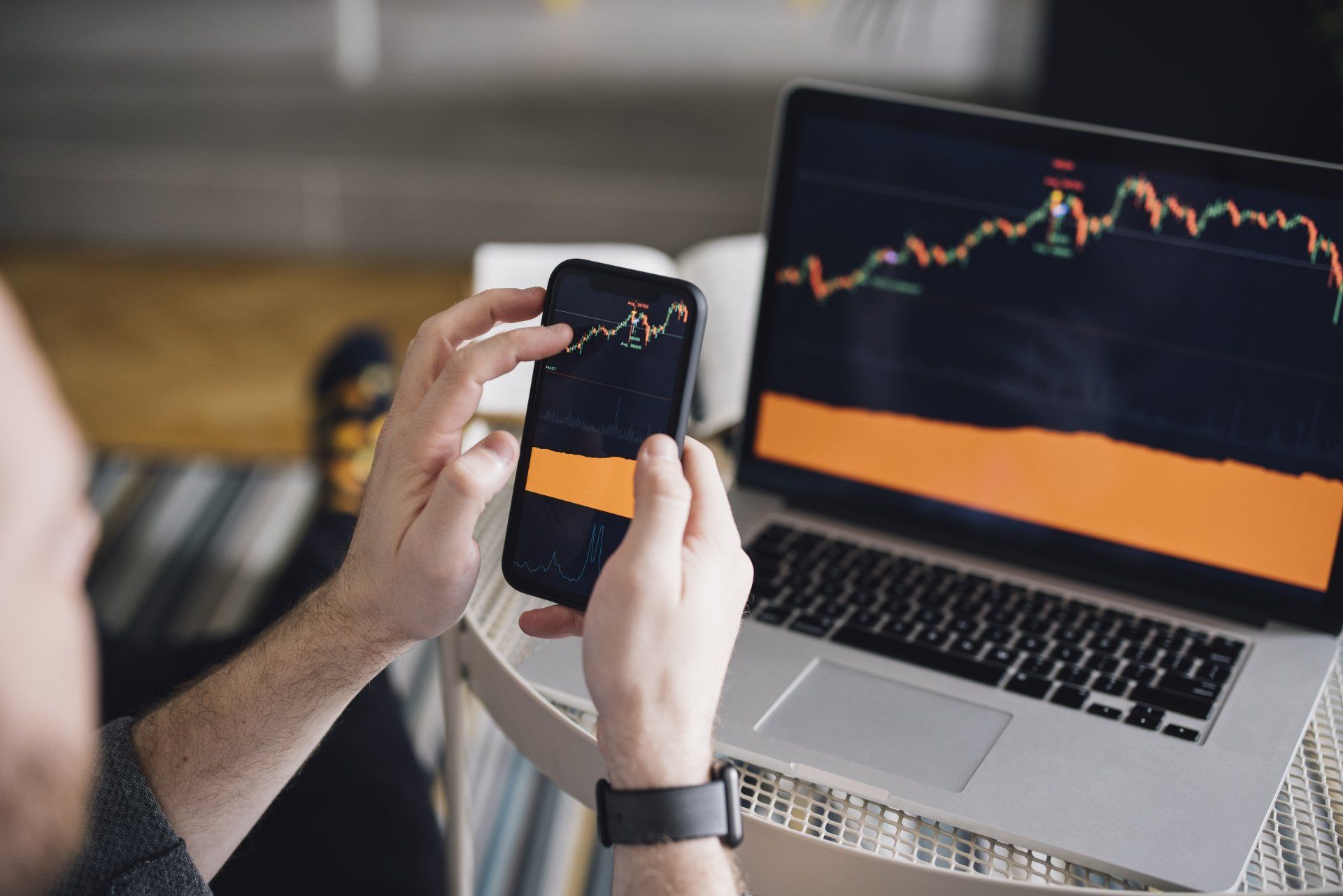
03 Dec, 2021
October was another positive month for the markets after September’s pullback. So far in 2021, the S&P 500 had nine positive performing months, September being the only hold out. The index ended up 6.9%, even though the first week of the month started a bit volatile. However, 2021 is looking robust, even if November and December aren’t large contributors, as the YTD performance through October is 23.9%. 1
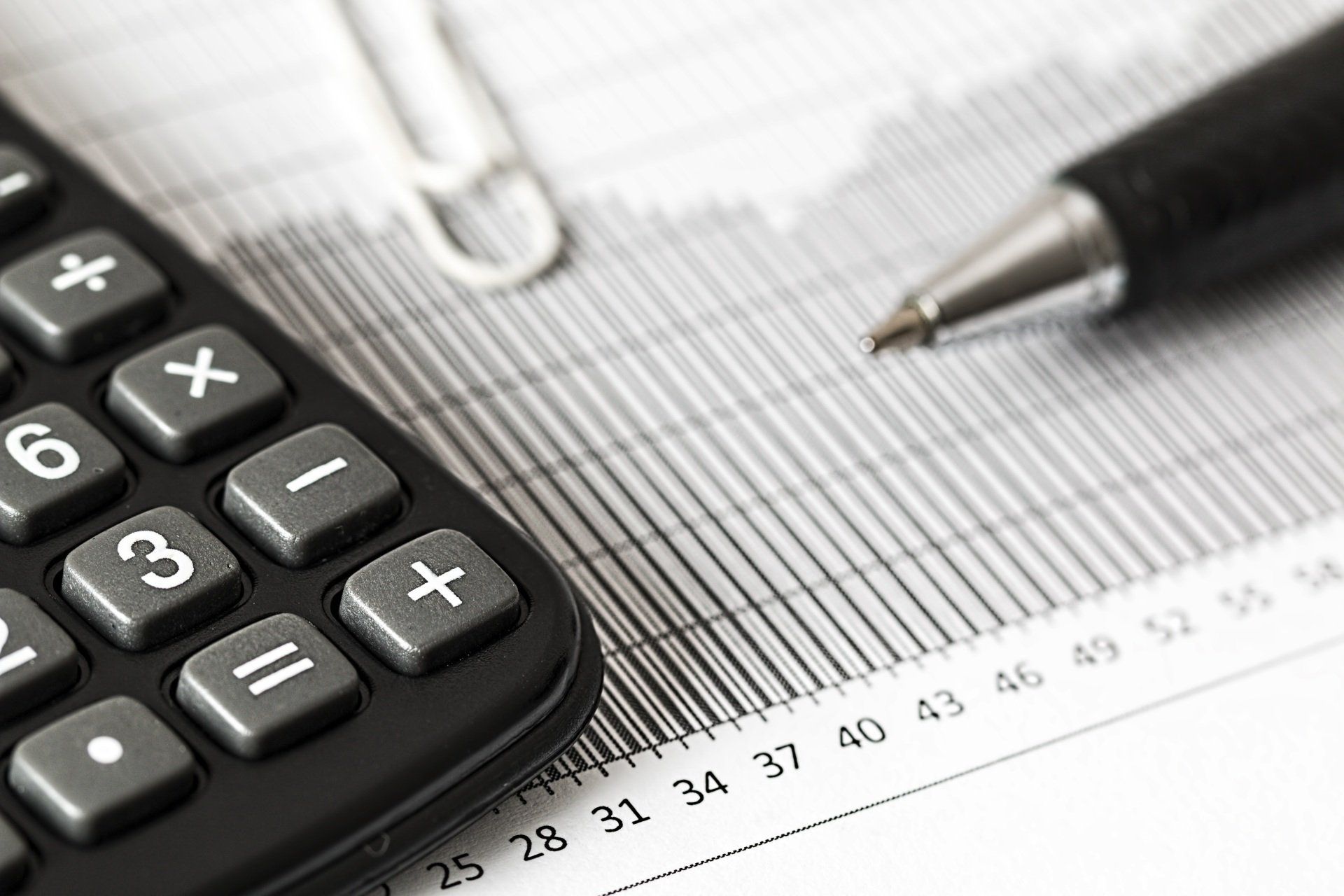
By Rob Kellogg, CFA®
•
07 Oct, 2021
September ended the streak of seven positive months in a row for the S&P 500 as it was the first negative month for the index since January of this year. The index ended the month down 4.76%, but it is still up nearly 15% on the year. That is the worst monthly decline for the index since March of 2020 when it fell 12.51%. 1
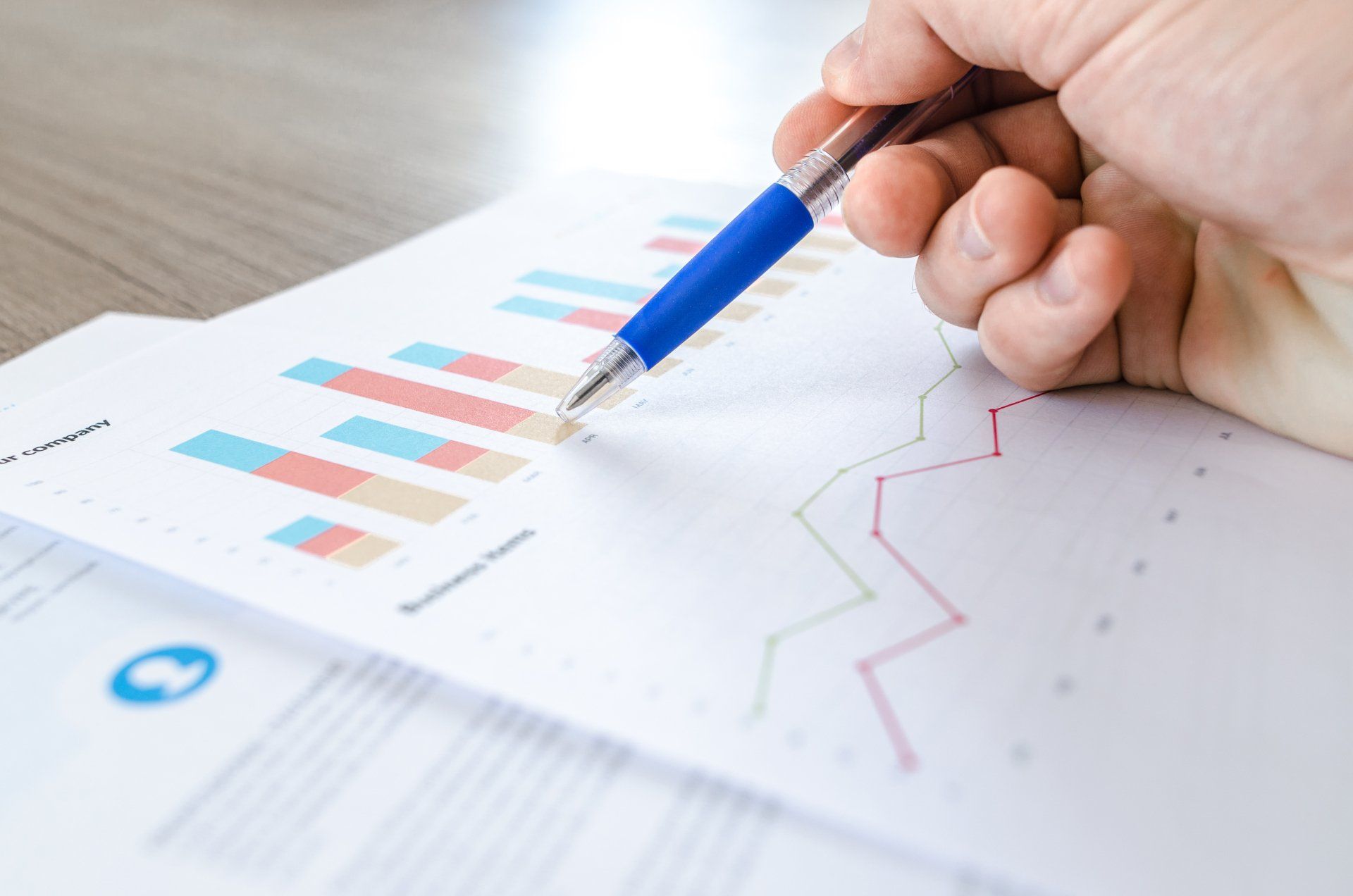
By Rob Kellogg, CFA®
•
07 Sep, 2021
August was one of the year’s best months for the investors as the S&P 500, the Dow Jones Industrial Average (DJIA), and the NASDAQ Composite each hit new all-time highs. It is the seventh straight month of increases for the S&P 500 as it finished the month up 2.90%, and the index is now up 20.41% for the year. 1 Coming in alongside market highs was earnings growth as 98% of companies in the S&P 500 have now reported for the second quarter. Earnings were expected to be higher this year relative to the lower levels caused by the virus in 2020 as estimates for second quarter earnings growth came in at 63%. However, with almost all companies having reported, earnings growth significantly outperformed expectations as it came in at 89% helping the market reach new highs. 2

By Rob Kellogg, CFA®
•
05 Aug, 2021
The S&P 500 continued to climb for the fifth straight month as the index hit a new all-time high on July 29 th . 1 The index finished the month up 2.27% and is now up 17.02% on the year. The Dow Jones Industrial Average (DJIA) and the NASDAQ Composite both increased during the month as well finishing up 1.26% and 1.20% respectively. Both indices are now comfortably in double digit returns for the year. Small cap stocks took a significant hit as the Russell 2000 fell 3.65% during the month, but it is still up 12.73% on the year. As investors move some of their equity gains into fixed income and the Fed continues with their asset purchases, bond demand has increased leading to a return of 1.12% for the U.S. Agg in the month of July. It is now down just 0.50% on the year. 2

By Rob Kellogg, CFA®
•
05 Jun, 2021
The S&P 500 Index continues to climb in June as it finished the month up 2.22% leading to a 14.41% increase on the year. The technology heavy NASDAQ led the way during the second quarter as it was up 9.50% on the quarter following a strong June, and it is now up 12.50% on the year. The Dow Jones Industrial Average (DJIA) did not follow suit during the month of June as it was down 0.08%, but the index is still up nearly 13% on the year. 1
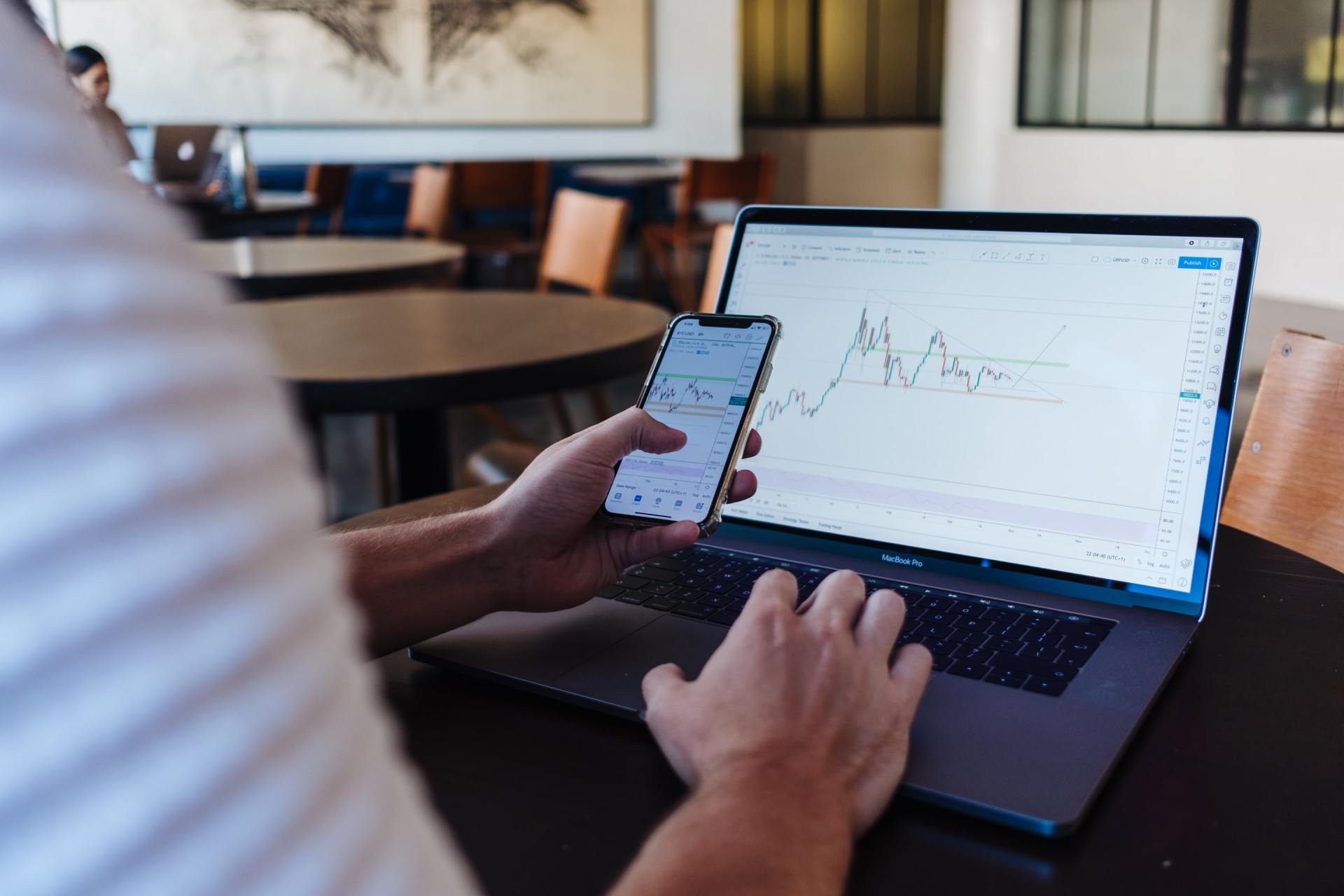
By Rob Kellogg, CFA®
•
07 May, 2021
Equities fell on the last trading day of April as investors likely took their share of profits after positive news regarding corporate earnings and economic data. However, the major U.S. indices still finished in positive territory for the third straight month as the S&P 500 has hit 25 record highs thus far in 2021. 1

By Rob Kellogg, CFA®
•
05 May, 2021
The markets started off strong in May before running into inflation fears towards the middle of the month. After those fears were somewhat curbed by the Fed, markets rallied to end the month. The S&P 500 index is up nearly 12% on the year after it finished the month of May up 0.55%. This is the fourth positive month in a row for the index after it finished down just over 1% in January. The Dow Jones Industrial Average (DJIA) finished the month up nearly 2% and is now up 12.82% on the year. The technology heavy NASDAQ did not fair as well during the month as it declined 1.53% and is now up 6.68% on the year. Small cap stocks were relatively flat for the month as the Russell 2000 finished up 0.11%. The MSCI EAFE and EM indices both finished in positive territory as well. 1 As we enter the summer months, June has traditionally been a weak month for markets as the DJIA is averaging 0.12% over the last 50 years, and it is down an average of 0.7% over the last 20 years. However, July and August are traditionally good months for the index as it averages an increase of 3% over its 125-year history. 2
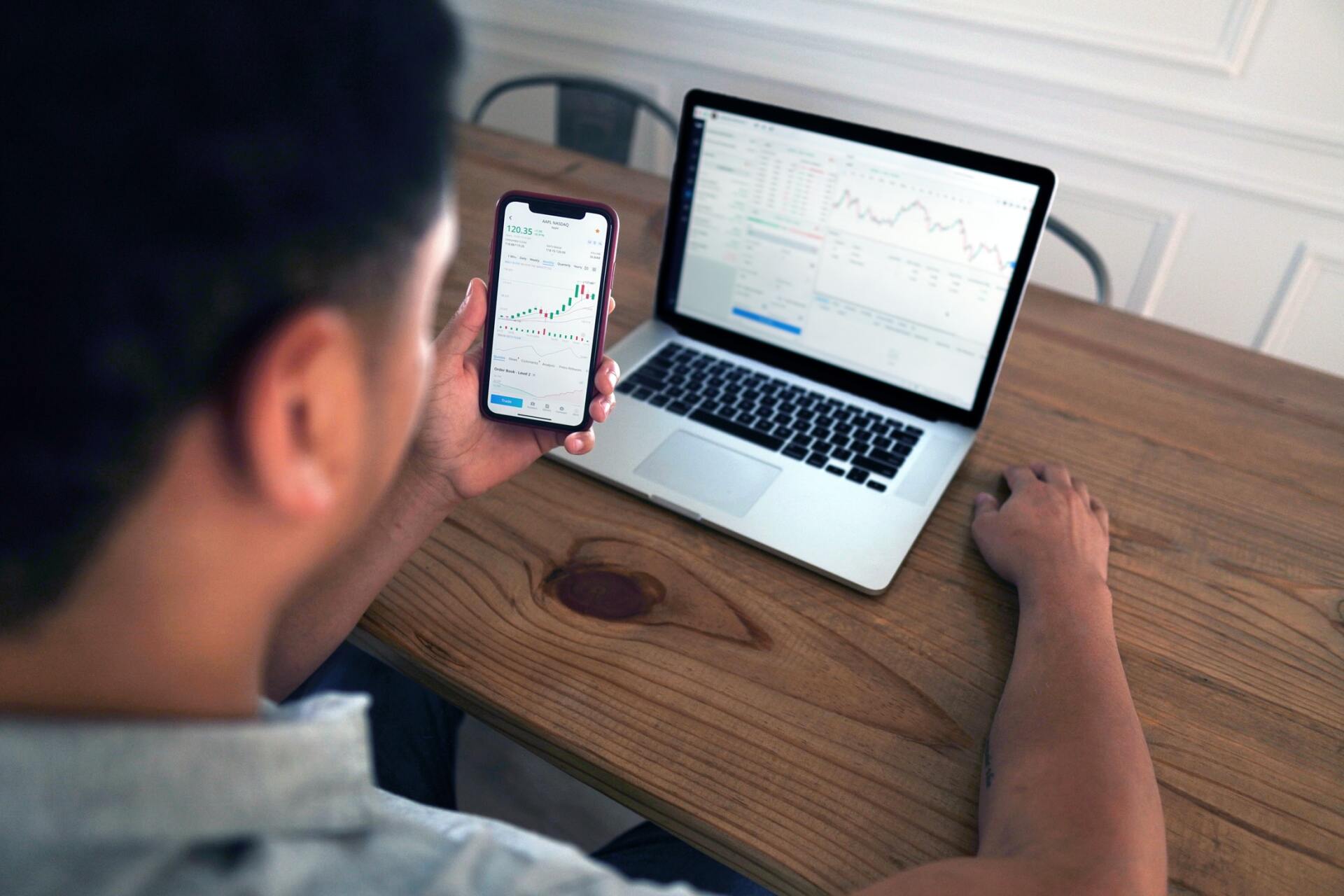
By Rob Kellogg, CFA®
•
08 Apr, 2021
After a volatile month, the S&P 500 finished at a record high when the markets closed on March 31 st . The index finished the month up 4.24% and is now up 5.77% on the year. As the economic recovery continues, the Dow Jones Industrial Average led the monthly performance numbers as it finished up 6.62% and is now up 7.76% on the year. The technology heavy NASDAQ finished the month in positive territory, but it continues to lag the other two indices after outperforming both in 2020. The index finished the month up 0.41% and is now up 2.78% on the year. Small cap stocks continued to inch higher as the Russell 2000 ended the month up 0.88% and is now up 12.44% on the year. The MSCI EAFE index is up just under 3% on the year after a positive month, however the MSCI Emerging Markets index fell 1.70% during the month and is now up 1.95% on the year. The Bloomberg Barclay’s U.S. Aggregate Bond index fell 1.25% in March and is now down 3.37% on the year. 1
P:
888.798.2360 F:
913.661.1183
6330 Sprint Pkwy Suite 400, Overland Park, KS 66211
Disclosure: Continuity planning offered through CreativeOne Wealth, LLC and CreativeOne Securities, LLC. CreativeOne Wealth, LLC. advisory services offered through CreativeOne Wealth, LLC, a Registered Investment Adviser. CreativeOne Securities, LLC. Member FINRA/SIPC and an Investment Advisor.
Privacy Policy | ADV Part 2A | Form CRS
© 2023 Creative One Marketing Corporation, CreativeOne Wealth, LLC and CreativeOne Securities, LLC.





